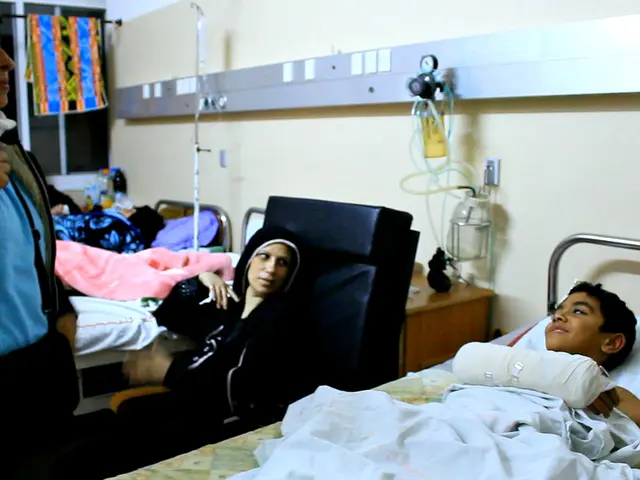Options to replace chemotherapy: 5 possibilities
New advancements in cancer treatment have led to a variety of options that differ substantially from traditional chemotherapy. These alternative treatments, including immunotherapy, hormone therapy, photodynamic therapy (PDT), laser therapy, and targeted therapy, each offer unique benefits and risks.
Immunotherapy
Immunotherapy, which includes oncolytic virotherapy, tends to have superior safety compared to chemotherapy. It can enhance the immune system’s ability to selectively attack cancer cells, potentially leading to better disease control rates. However, it may cause immune-related adverse events, such as inflammation or autoimmune-like effects, which require careful management.
Hormone Therapy
Hormone therapy blocks hormones necessary for the growth of hormone-sensitive tumors, such as some breast and prostate cancers. It can slow or shrink tumors with often less toxicity than chemotherapy. However, side effects related to hormone suppression, including hot flashes, bone thinning, and fatigue, may occur.
Photodynamic Therapy (PDT) and Laser Therapy
PDT and laser therapy are generally less invasive, offering local treatment that targets tumors more selectively, reducing damage to surrounding tissue compared to systemic chemotherapy. They use light-activated drugs or laser energy to produce reactive oxygen species that kill tumor cells. However, their effectiveness may be limited for widespread or deeply invasive cancers, and they may cause local tissue damage or photosensitivity.
Targeted Therapy
Targeted therapy attacks specific molecular pathways critical to tumor growth and survival, typically causing fewer side effects than chemotherapy because of greater tumor specificity. However, it may result in resistance due to tumor mutations and can still cause side effects, including skin reactions or blood abnormalities.
Comparison with Chemotherapy
Chemotherapy uses cytotoxic drugs that affect both cancerous and healthy cells, leading to significant systemic side effects. Alternative treatments like immunotherapy, hormone therapy, and targeted therapies offer improved specificity, often leading to fewer or more manageable side effects and better quality of life.
Combination approaches, such as chemotherapy plus oncolytic virotherapy, may improve disease control rates beyond chemotherapy alone but must balance increased complexity and potential side effects. Chemoembolization, a localized form of chemotherapy delivery, confines cytotoxic agents to the tumor area, reducing systemic toxicity while maintaining efficacy in tumors with active blood supply.
In summary, alternative cancer therapies often provide more targeted treatment with different side effect profiles compared to chemotherapy. Their effectiveness and safety depend on cancer type, stage, and patient-specific factors. Combining these modalities with chemotherapy or using them as standalone treatments can offer improved disease control and quality of life in many cases.
Most types of hormone therapy are oral medications that individuals can take at home, but others are injections that must be had at a treatment center or clinic. Doctors may need to use genetic testing to find changes in the DNA of cancer cells for targeted therapy, and there is a small risk that someone outside of the medical team could obtain an individual's genetic or other information from their health records.
Hormone therapy is used for certain types of breast, endometrial, and prostate cancer that depend on hormones for growth. Targeted therapy involves doctors administering personalized treatments that attack cancer cells while leaving healthy cells intact.
- Immunotherapy, such as oncolytic virotherapy, demonstrates superior safety compared to chemotherapy, potentially leading to better disease control rates due to its ability to enhance the immune system's selective attack on cancer cells.
- Hormone therapy, used for certain types of breast, endometrial, and prostate cancer that depend on hormones for growth, can slow or shrink tumors with often less toxicity than chemotherapy by blocking hormones necessary for the growth of hormone-sensitive tumors.
- Photodynamic Therapy (PDT) and laser therapy, which are generally less invasive, offer local treatment that targets tumors more selectively, reducing damage to surrounding tissue compared to systemic chemotherapy, by using light-activated drugs or laser energy to produce reactive oxygen species that kill tumor cells.
- Targeted therapy, which attacks specific molecular pathways critical to tumor growth and survival with greater tumor specificity, typically causes fewer side effects than chemotherapy due to its focus on specific cancer cells, but it may result in resistance due to tumor mutations and can still cause side effects, including skin reactions or blood abnormalities.




